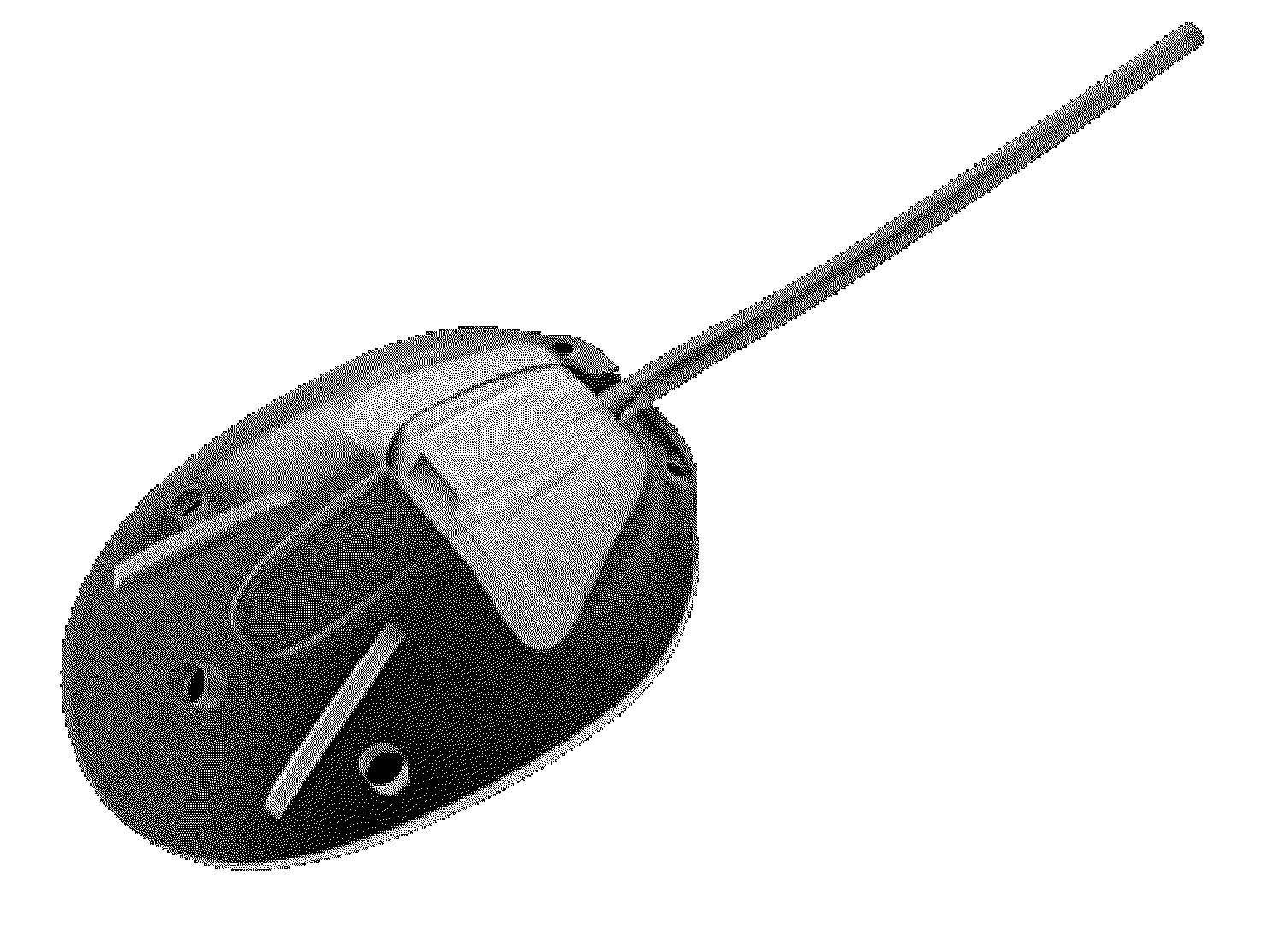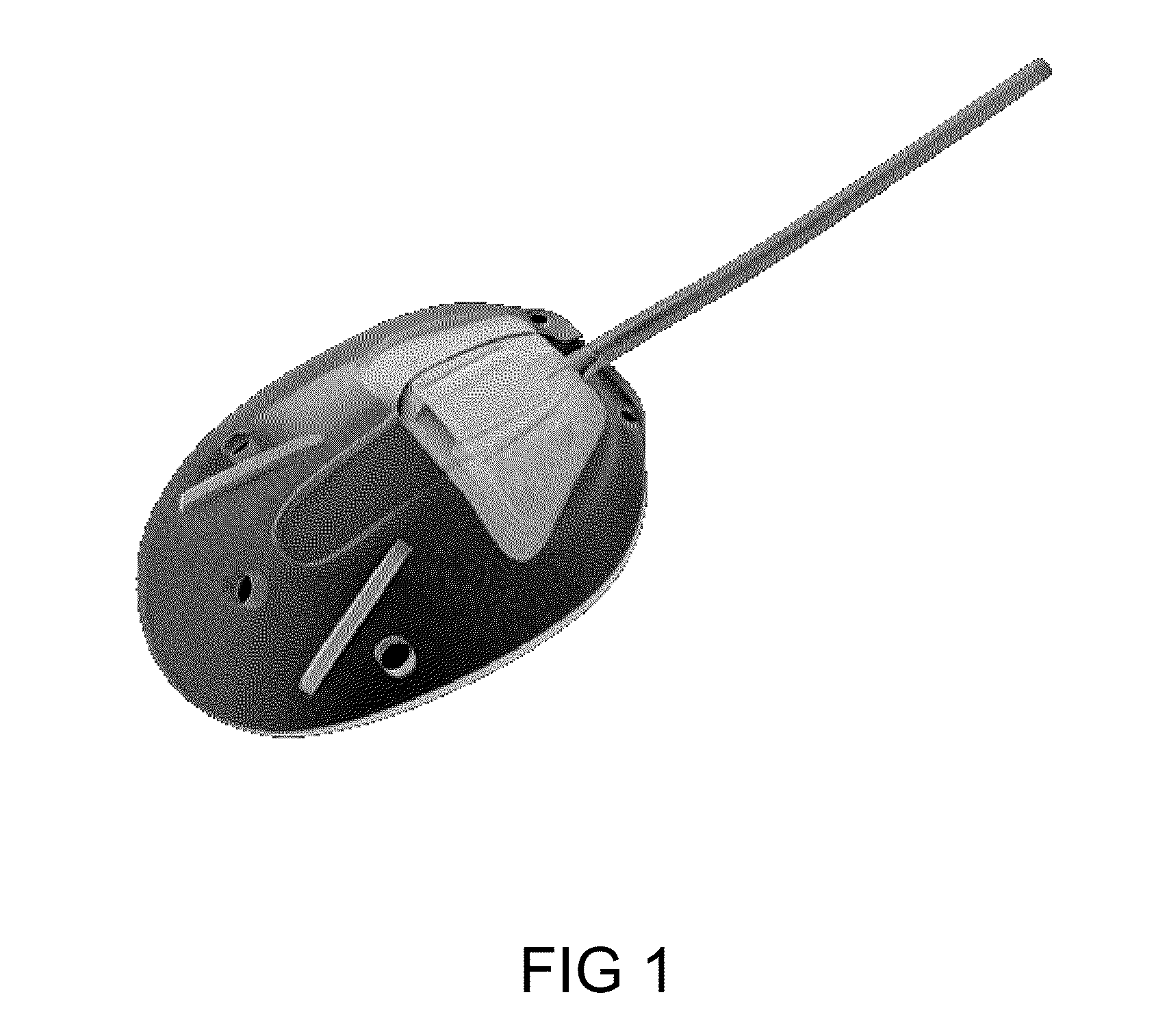BioMEMS Devices for Drainage of Eye Liquid: Materials currently used to fabricate implantable devices suffer from adhesion of proteins, and therefore the development of
fibrosis, which leads to heightened immune response.
The increase in the eye's pressure is a high-risk condition that affects about 67 million people in the world resulting in
impaired vision up to
blindness, if not properly treated.
However, current implants have problems, as discussed below:The dimensions of the implants are not small enough and the material cannot avoid
fibrosis, due to attachment of proteins to the surface of the device.
Surgery does not optimize the
intraocular pressure nor make it predictable, resulting in hipotonia or
high resistance to liquid flow.The
intraocular pressure change during the day, and that carination cannot be compensated by passive valves.The hydrophilic nature of the surface of polymers currently used in MEMS valves leads to
protein or cells attachment to the surface, thus
immune rejection.
The patent referenced above discusses the disadvantages of automatic adjustment in relation to muscular hipotony.
Unfortunately, all implants described above exhibit
biocompatibility and dimension problems, which result in malfunction and liquid flow obstruction.
Significant challenges include making surfaces of the polymer based microtube bioinert.
However, care must be taken in producing this device as the UNCD film needs to be grown at about 400-450° C. These temperatures often destroy the Si
chip during encapsulation, depending on the amount of time needed to grow a hermetic UNCD film.
BioMEMS for
Drug Delivery: An intractable problem is the administration of drugs to patients in a safe, efficient way.
None of the current
drug delivery approaches involve
inert components, or active, controllable and predictable systems.
This results in uncontrolled, more expensive, and riskier (secondary effects)
drug delivery devices due to lack of control over
drug release mechanisms.
Although some prototype devices have been demonstrated for application to pathologies like
osteoporosis and delivery of vasopresin for soldiers in the battle field, there are still problems, particularly on
biocompatibility of the devices.
Implant rejection inhibits the normal function of the device, when for example,
fibrosis prevents sensors from having access to
analyte.
Also, drug-delivery devices encounter a barrier to deliver the drug.
These approaches have problems, such as lack of
active control and adhesion issues of the materials (polymers) due to temperature changes.
Use of packaging may be a solution, but it appears costly and also the materials used for packaging exhibit
biocompatibility problems themselves, in addition to lacking
active control.
Natural joint surfaces exhibit characteristics that are difficult to reproduce.
Currently, the materials used in the fabrication of
artificial joints do not exhibit all of the characteristics of natural joints.
However, the material currently used for fabrication of
prosthesis release particles when they are sliding one-upon-each other, and those particles lead to problems either because eliciting adverse reactions from the
human body, due to inferior biocompatible character of the particles
organism or because they generate undesirable ions.
However, because
ceramic materials are brittle, they risk fracture.
Metal /
metal pairs exhibit low wear, but their use results in the production of
metal ions.
This
prosthesis pair provides acceptable lifetimes when implanted in people of relatively advanced age, does not provide acceptable lifetimes when implanted in
younger people.
A September 2011 report from the National Joint Registry for England and Wales, revealed that failure rates of metal-on-metal hips, such as the DePuy ASR and certain
Pinnacle devices are increasing.
However, these materials have problems of adhesion, resulting in
delamination from the base material of the prosthesis.
Such lenses exhibit the problem of
protein adhesion to the surface, which reduces the lifetime of the lens, and requires frequent cleaning.
However, despite the relative inertness of
silicone elastomers, they still elicit inflammatory or reign body reaction in many patients to different degrees.
However, the fibrosis induced by the non-very biological material results in scar-type tissue.
The fibrous
capsule formed around the
implant can contract and becomes hard and rigid, resulting in substantial discomfort, and ultimately in failure of the
implant.
However, often the
coating process results in an unwanted hardening of the polymer.
For example, using a UNCD film to cover the surface of the polymer requires that the construct be heated to 400-450° C. This results in hardening (loss of the natural flexibility) of the polymer.
 Login to View More
Login to View More 


